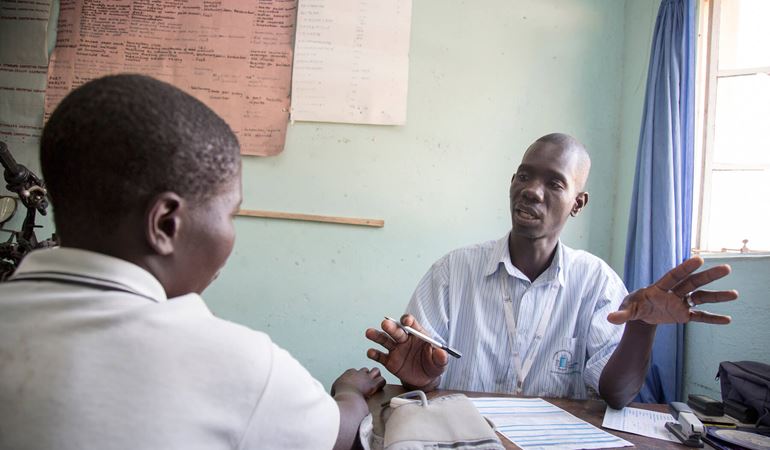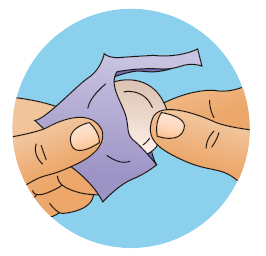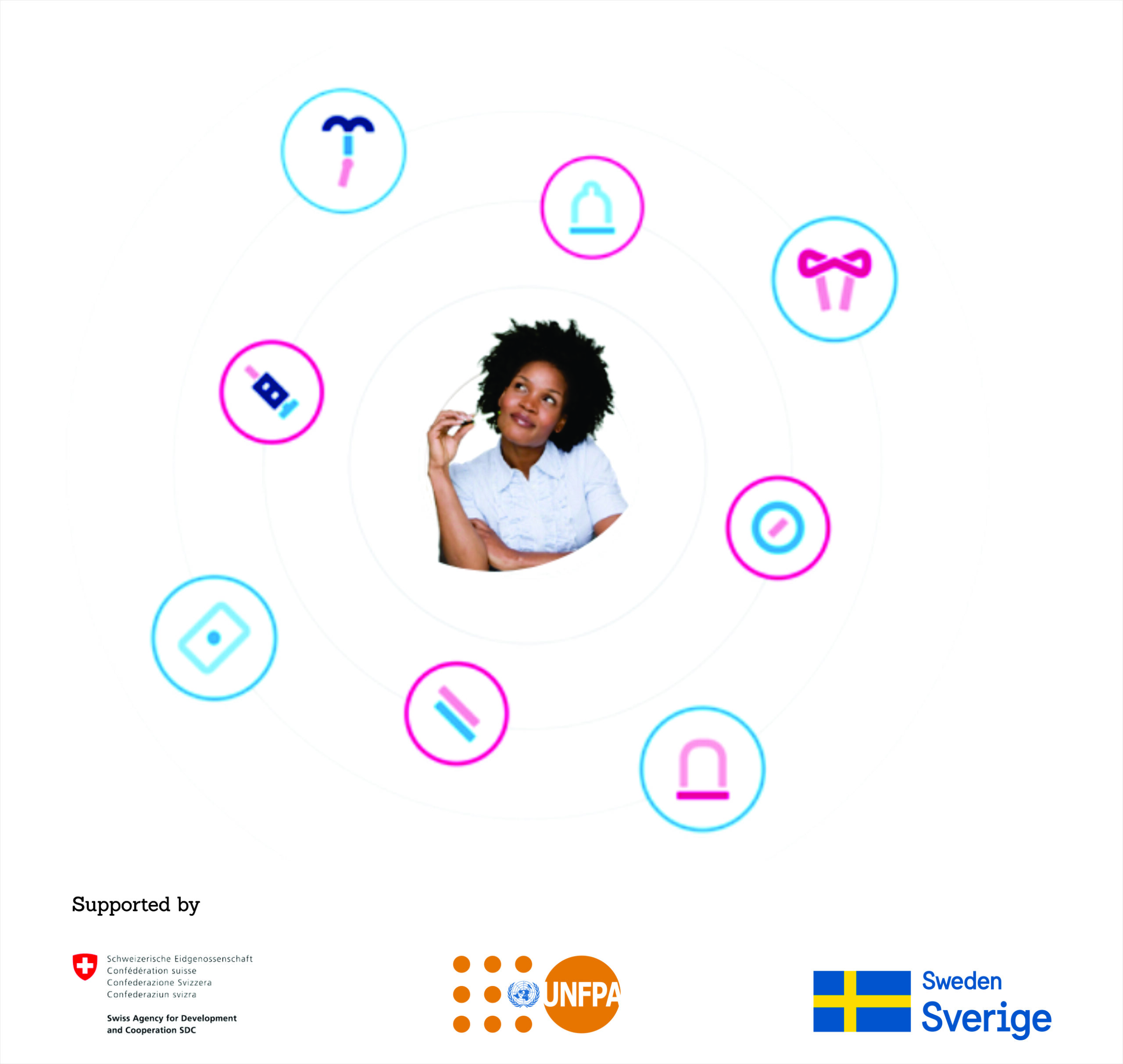Male condom
Providing both pregnancy and STI prevention.

A short-acting method of contraception.
The male condom is a barrier contraception method for preventing pregnancy and STIs.
When used correctly, condoms are highly effective. Condoms are also the only contraceptive method that protect against both pregnancy and sexually transmitted infections (STIs), including HIV and syphilis.
Effectiveness
98% when used correctly – Not using the condom correctly can increase the risk of unplanned pregnancy and STIs.
Availability
Male condoms are available at all our centres, as well as pharmacies across Zimbabwe.
Pricing
You can get male condoms free of charge at all our centres.
If you’re starting to use contraception for the first time, or thinking about using a new method, it’s a good idea to have a full consultation.
Call us toll-free for a confidential chat
0808 00 19/20
Find our locations that offer contraception and family planning services.
Advantages of a condom
The condom can offer several advantages as a method of contraception.
- You only need to use them during sex
- They help to protect both partners from some sexually transmitted infections, including HIV
- There are no serious side-effects from using condoms
- Male condoms come in a variety of shapes and sizes
- Male condoms are easily available.

“Condoms are the only modern method of family planning that can prevent both unplanned pregnancy and the risk of STIs. They are also a great way for men to be active and responsible partners in preventing unplanned pregnancy.”

Things to consider
When deciding if the condom is right for you, here are a few quick facts you should consider:
- Male condoms can sometimes slip off or split
- Some people are sensitive to latex condoms, though this is rare
- When using a male condom, the man has to pull out after he has ejaculated, and before the penis goes soft, holding the condom firmly in place.
Other contraceptive methods at a glance
How a condom works
The male condom is a thin rubber sheath that goes over the penis during sex.
The condom is a barrier that stops a man’s semen from entering into the woman, preventing pregnancy and sexually transmitted infections.
To be effective it is very important that condoms are used correctly. They need to be used properly every time a couple has sex. This means wearing it throughout the entire sex act, and using a new one every time.

Using a condom properly
Make sure you and your partner follow these steps when using condoms.
- Use a new condom each time you have sex. Check the ‘use by’ date on the packet. Be careful how you take the condom out of the packet – sharp fingernails and jewellery can tear the condom
- Find the teat or closed end and squeeze it to get rid of air. This will also help you roll the condom on the right way around
- Put the condom on when the penis is fully erect and before it touches the vagina or genital area
- Still holding the end, roll the condom all the way down the penis
- If it won’t roll down, then it’s probably on inside out. If so, start again with a new condom as sperm could now be on the first one
- If you have foreskin, you may find it easier and more comfortable to put the condom on if the foreskin is pulled back. This lets the foreskin move freely and reduces the risk of the condom tearing or slipping off
- As soon as the man has ejaculated, and before the penis goes soft, hold the condom firmly in place while pulling out. Do this slowly and carefully so you do not spill any semen (the ejaculation fluid that contains sperm)
- Take off the condom, wrap it and put it in a bin
Make sure the penis does not touch the genital area again, and if you have sex again, use a new condom.
Worried you may be at risk of pregnancy or sexually transmitted infections (STIs) from unprotected sex? We recommend seeking advice as soon as possible.
What to do if a condom breaks or slips off
If your condom breaks or slips off, you may need to use emergency contraception to prevent pregnancy. Please note that as well as pregnancy, unprotected sex can put you at risk of STIs.
Find your best fit
If you’re unsure what method is best for you, take our online contraception quiz.










